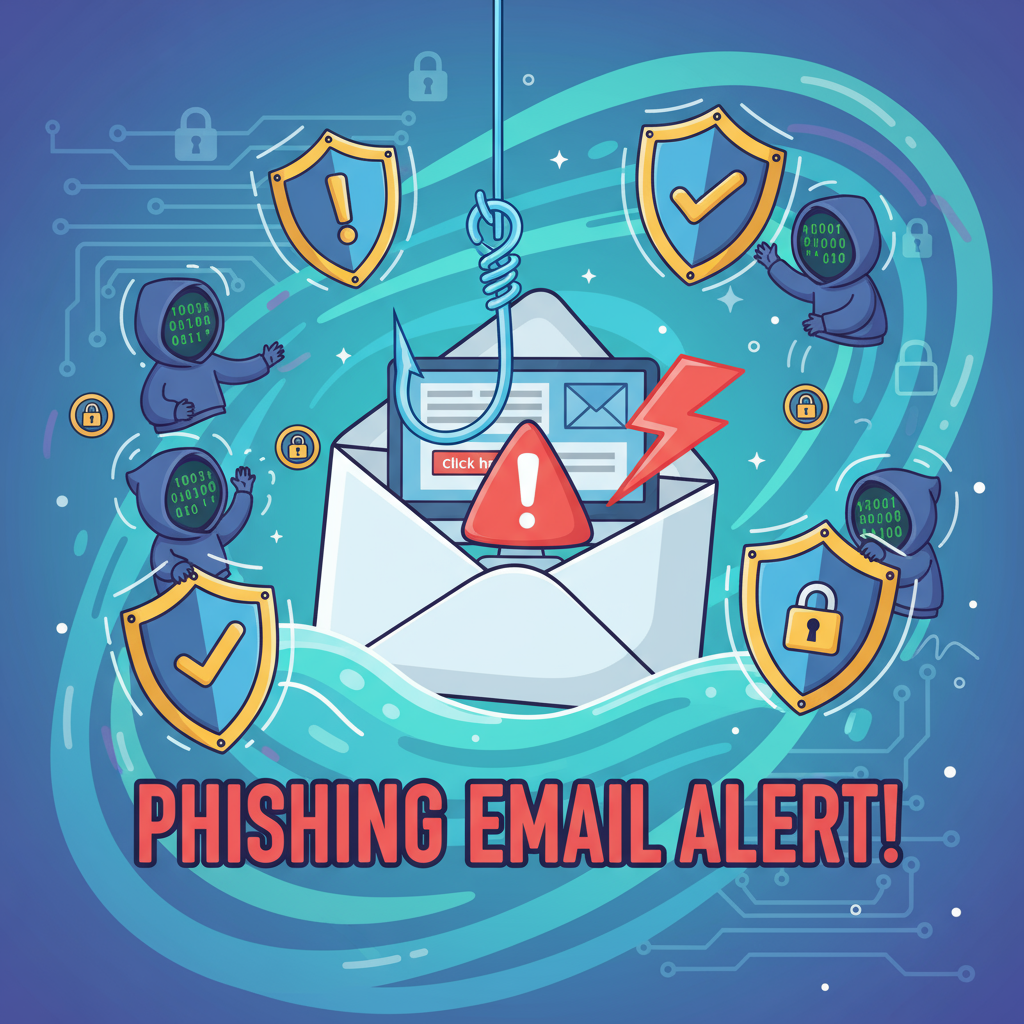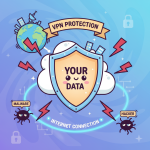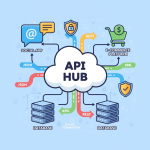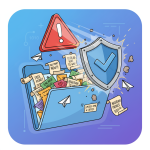Have digital scams and suspicious emails ever made one wonder, what is phishing and why is it one of the most prevalent cyber threats today? Phishing attacks target individuals and organizations by tricking them into revealing sensitive information or installing malware. Its sophistication continues to grow, posing serious risks globally.
This guide explains phishing in detail, highlights common attack types, exposes real-world risks, and shares actionable prevention strategies for IT managers, CEOs, and cybersecurity teams.
What is Phishing?
Phishing is a type of cyber-attack where criminals impersonate trusted entities via email, text, phone, or social media to steal sensitive data such as passwords, financial information, or corporate data. They lure victims into clicking malicious links, downloading harmful files, or disclosing confidential information.
Derived from “fishing”, the term reflects attackers “fishing” for valuable data by baiting victims with convincing deception tactics.
Common Types of Phishing Attacks
Phishing attacks vary by method and target. Knowing these types can help organizations build stronger defenses:
1. Email Phishing
The most traditional form, involving bulk unsolicited emails that appear to come from legitimate sources like banks or service providers. They urge recipients to take urgent action, such as clicking a link to reset passwords.
2. Spear Phishing
Highly targeted phishing involving customized messages using personal details to trick specific individuals or organizations. Commonly aimed at executives or employees with privileged access.
3. Whaling
Phishing attacks directed at senior executives or high-profile targets, often involving highly personalized content with the goal of financial theft or data breach.
4. Smishing (SMS Phishing)
Use of fraudulent SMS messages containing malicious links or prompts, designed to exploit mobile users.
5. Vishing (Voice Phishing)
Fraudulent phone calls from attackers impersonating trusted officials to extract sensitive information verbally.
6. Angler Phishing
Phishing attacks carried out via fake social media accounts mimicking legitimate brands to steal data from unsuspecting customers.
Why is Phishing a Major Cybersecurity Risk?
Phishing attacks exploit human psychology rather than technological weaknesses, often bypassing technical defenses. Key risks include:
-
Account Takeovers: Stolen login credentials allow attackers to access financial or corporate accounts.
-
Financial Loss: Victims may unknowingly transfer money or provide credit card information.
-
Ransomware Infection: Phishing links or attachments can install ransomware across networks.
-
Data Breach: Compromised employee credentials can lead to massive data leaks.
-
Reputation Damage: Organizations suffer brand damage and loss of customer trust from phishing incidents.
How Phishing Attacks Work: A Step-by-Step Breakdown
-
Bait Creation: Attacker crafts a convincing message posing as a trusted source.
-
Delivery: The phishing content is sent via email, SMS, phone, or social media.
-
Engagement: The victim receives and interacts with the message, often under false urgency.
-
Exploitation: Victim discloses sensitive info or unknowingly downloads malware.
-
Attack Execution: Attacker uses stolen data for identity theft, fraud, or network infiltration.
Best Practices to Prevent Phishing Attacks
Organizations and individuals can implement these strategies to reduce phishing risks:
-
Employee Training: Conduct regular awareness sessions to spot phishing signs.
-
Use Email Security Tools: Employ spam filters, anti-phishing software, and DMARC/DKIM/SPF protocols.
-
Enable Multi-Factor Authentication (MFA): Add layers of security beyond just passwords.
-
Verify Links and Senders: Hover over links, scrutinize sender email addresses, and verify suspicious messages.
-
Keep Software Updated: Patch systems and browsers to protect against exploits.
-
Simulated Phishing Tests: Test staff readiness and improve awareness with controlled phishing simulations.
-
Encourage Reporting: Enable easy reporting of suspected phishing emails to IT/security teams.
Real-World Phishing Attack Examples
-
Google and Facebook Scam (2013-2015): Attackers impersonated a Taiwanese supplier and stole $100 million via fake invoices.
-
Colonial Pipeline Attack (2021): Phishing was a primary vector for ransomware infection that disrupted fuel supplies in the U.S.
-
Financial Institution Attacks: Banks, including Crelan, have suffered millions in losses from business email compromise (BEC) scams involving phishing.
FAQs on Phishing
1. What is phishing in cybersecurity?
Phishing is a social engineering attack using deceptive communications to steal data or install malware.
2. How can I recognize a phishing email?
Look for generic greetings, misspelled URLs, unexpected attachments, urgent tone, and mismatched sender info.
3. What is the difference between phishing and spear phishing?
Phishing targets many people broadly; spear phishing is customized and targets specific individuals or organizations.
4. How effective is multi-factor authentication against phishing?
MFA adds critical protection by requiring a second verification step, preventing attackers from accessing accounts with stolen passwords alone.
5. Can phishing happen through social media or phone calls?
Yes, smishing (SMS), vishing (voice calls), and social media phishing are all common attack channels.
Conclusion and Call to Action
Understanding what is phishing and its evolving tactics is essential in today’s threat landscape. Phishing attacks leverage human trust, making employee training and technical safeguards top priorities for IT managers and CEOs.
Start building stronger defenses through awareness programs, secure email gateways, MFA, and continuous monitoring.
Protect your organization against phishing—consult cybersecurity experts today to tailor strategies that keep your data and users safe in 2025 and beyond.











